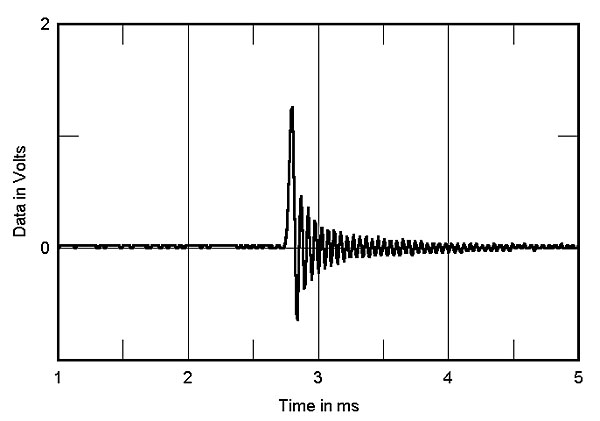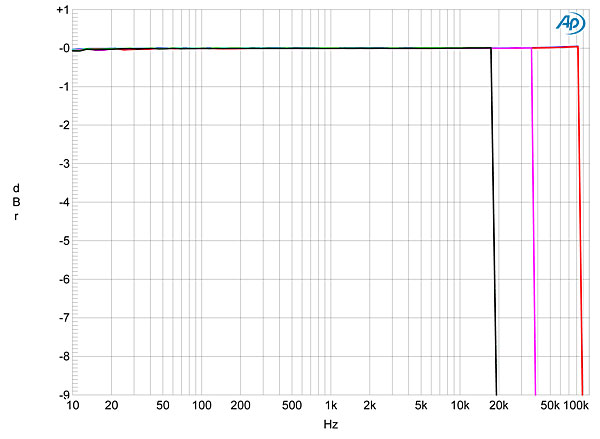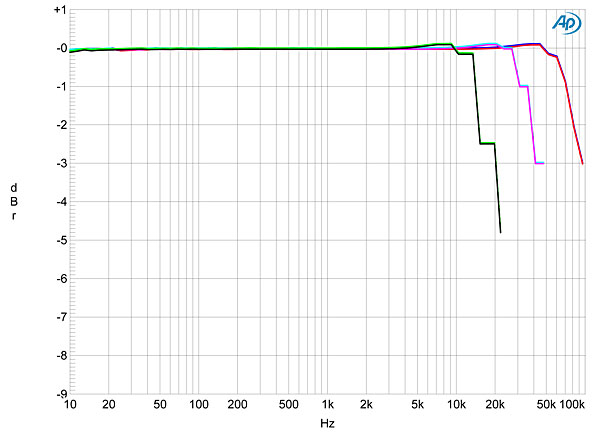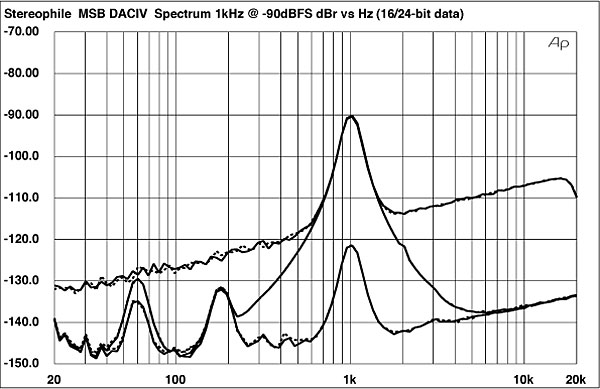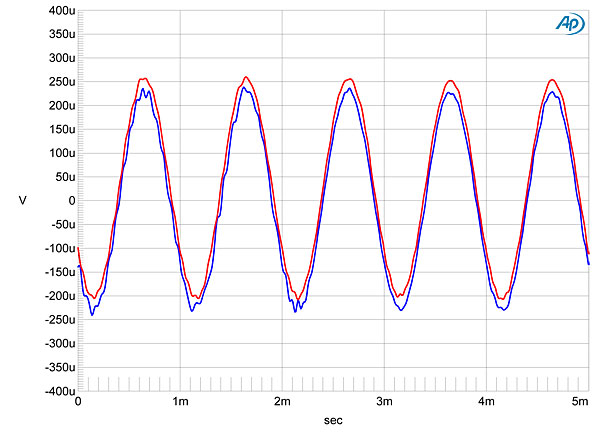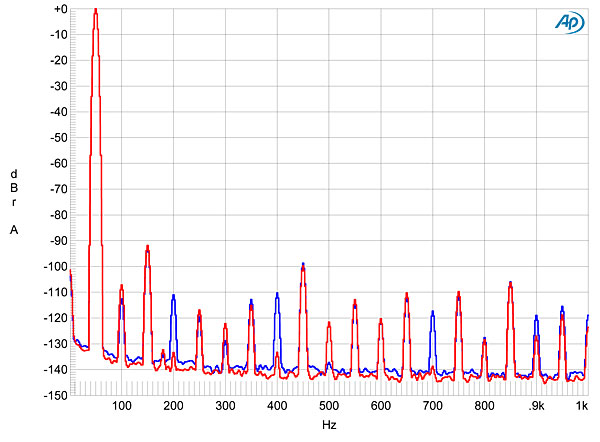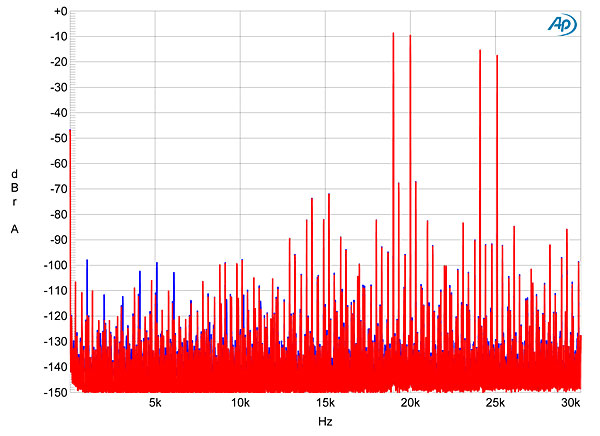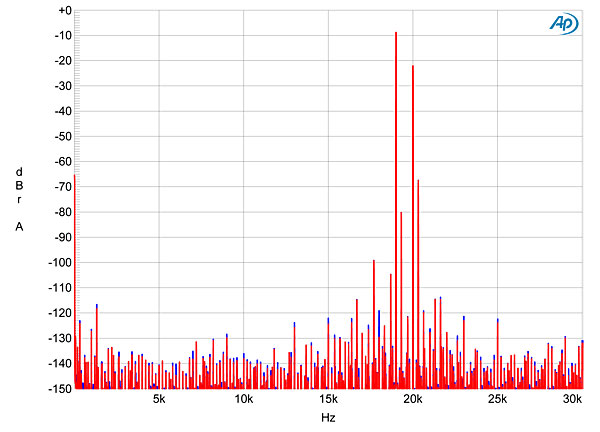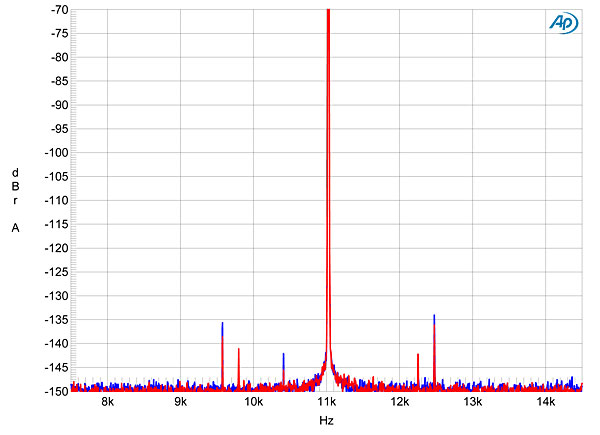| Columns Retired Columns & Blogs |
I have had the MSB Link DAC lll for some 15yrs or so, and I have always wanted to buy another MSB product, but man, they dont make it easy for us mere mortals! It would be great if they would trickle some of that down, but it appears they dont need to do that. Its cool reading about it though!


